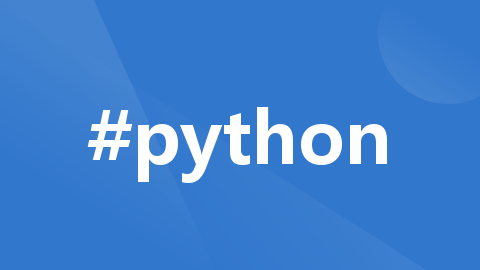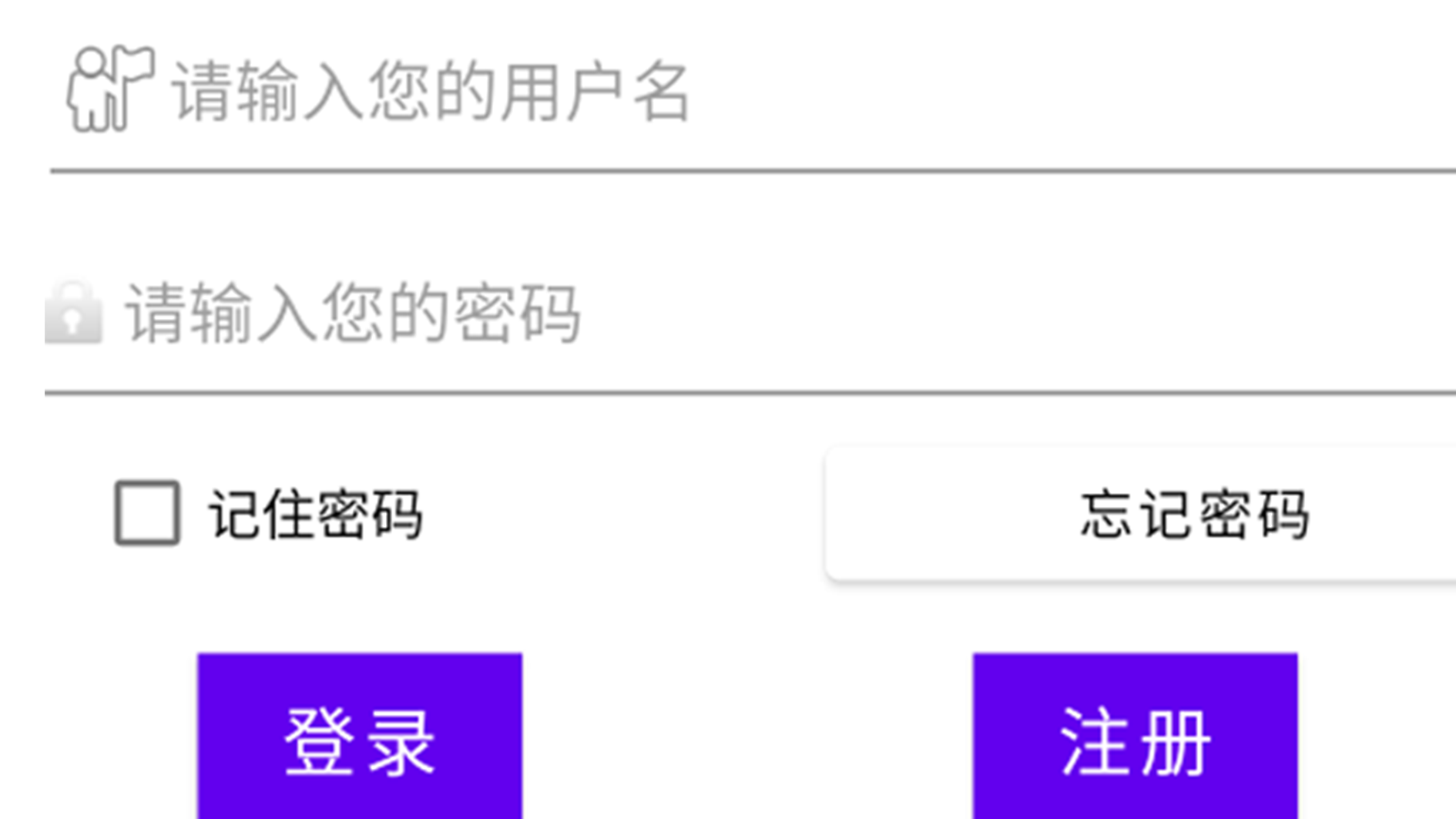
Python实现蚁群算法
蚁群算法(Ant Colony Optimization, ACO)是一种基于自然界蚂蚁觅食行为的仿生算法,最早由Marco Dorigo在1992年提出。它是一种用于解决组合优化问题的概率算法,特别适用于解决旅行商问题(TSP)、路径规划等问题。蚂蚁在寻找食物的过程中会在路径上留下信息素(pheromone),其他蚂蚁会根据路径上的信息素浓度来选择行走的路径。随着时间的推移,信息素浓度较高的路径
·
蚁群算法(Ant Colony Optimization, ACO)是一种基于自然界蚂蚁觅食行为的仿生算法,最早由Marco Dorigo在1992年提出。它是一种用于解决组合优化问题的概率算法,特别适用于解决旅行商问题(TSP)、路径规划等问题。
蚁群算法的基本原理
蚂蚁在寻找食物的过程中会在路径上留下信息素(pheromone),其他蚂蚁会根据路径上的信息素浓度来选择行走的路径。随着时间的推移,信息素浓度较高的路径会吸引更多的蚂蚁,逐渐形成一条较短的路径。这种行为被用来模拟求解最优路径的问题。
蚁群算法的步骤
-
初始化:
- 初始化信息素矩阵。
- 设置蚂蚁的数量和迭代次数等参数。
-
构建解:
- 每只蚂蚁根据信息素和启发式信息构建一个解(例如一条路径)。
- 每次选择下一步时,蚂蚁会依据某种概率选择前进的路径,这个概率由路径上的信息素浓度和启发式信息共同决定。
-
更新信息素:
- 在所有蚂蚁构建解之后,根据解的质量更新路径上的信息素浓度。
- 信息素随着时间的推移会挥发,防止陷入局部最优解。
-
迭代:
- 重复步骤2和步骤3,直到达到终止条件(如达到迭代次数或解的质量不再提升)。
-
输出结果:
- 输出迭代过程中找到的最优解。
Python实现蚁群算法解决TSP问题
我们将通过Python实现蚁群算法来解决旅行商问题(TSP)。在TSP问题中,给定一组城市,旅行商需要访问每个城市一次并返回起点,要求总距离最短。
import random
import numpy as np
class AntColony:
def __init__(self, distance_matrix, num_ants, num_iterations, alpha=1.0, beta=2.0, evaporation_rate=0.5, pheromone_constant=100.0):
self.distance_matrix = distance_matrix
self.num_ants = num_ants
self.num_iterations = num_iterations
self.alpha = alpha # 信息素的重要性
self.beta = beta # 启发式信息的重要性
self.evaporation_rate = evaporation_rate
self.pheromone_constant = pheromone_constant
self.num_cities = len(distance_matrix)
self.pheromone_matrix = np.ones((self.num_cities, self.num_cities)) / self.num_cities
def run(self):
shortest_path = None
all_time_shortest_path = ("placeholder", np.inf)
for _ in range(self.num_iterations):
all_paths = self.generate_all_paths()
self.spread_pheromone(all_paths, self.pheromone_constant, shortest_path=shortest_path)
shortest_path = min(all_paths, key=lambda x: x[1])
if shortest_path[1] < all_time_shortest_path[1]:
all_time_shortest_path = shortest_path
self.pheromone_evaporation()
return all_time_shortest_path
def generate_all_paths(self):
all_paths = []
for i in range(self.num_ants):
path = self.generate_path(0)
all_paths.append((path, self.calculate_path_length(path)))
return all_paths
def generate_path(self, start):
path = []
visited = set()
visited.add(start)
prev_city = start
for _ in range(self.num_cities - 1):
move = self.choose_next_city(self.pheromone_matrix[prev_city], self.distance_matrix[prev_city], visited)
path.append((prev_city, move))
prev_city = move
visited.add(move)
path.append((prev_city, start)) # 回到起点
return path
def choose_next_city(self, pheromone, distances, visited):
pheromone = np.copy(pheromone)
pheromone[list(visited)] = 0
# 避免距离为零,避免计算中出现除以零的情况
with np.errstate(divide='ignore', invalid='ignore'):
row = pheromone ** self.alpha * ((1.0 / distances) ** self.beta)
row[np.isnan(row)] = 0 # 将NaN替换为0
norm_row = row / row.sum() if row.sum() > 0 else np.zeros_like(row)
next_city = np_choice(len(pheromone), 1, p=norm_row)[0]
return next_city
def calculate_path_length(self, path):
total_distance = 0
for move in path:
total_distance += self.distance_matrix[move]
return total_distance
def spread_pheromone(self, all_paths, pheromone_constant, shortest_path):
sorted_paths = sorted(all_paths, key=lambda x: x[1])
for path, dist in sorted_paths:
for move in path:
self.pheromone_matrix[move] += pheromone_constant / dist
def pheromone_evaporation(self):
self.pheromone_matrix *= (1 - self.evaporation_rate)
def np_choice(a, size, p):
return np.random.choice(a, size=size, p=p)
# 示例:城市之间的距离矩阵
distance_matrix = np.array([[0, 2, 2, 5, 7],
[2, 0, 4, 8, 2],
[2, 4, 0, 1, 3],
[5, 8, 1, 0, 2],
[7, 2, 3, 2, 0]])
# 创建蚁群算法实例
ant_colony = AntColony(distance_matrix, num_ants=10, num_iterations=100)
shortest_path = ant_colony.run()
print("最短路径:", shortest_path[0])
print("最短路径的长度:", shortest_path[1])
解释
-
城市距离矩阵:
distance_matrix表示城市之间的距离。矩阵的每个元素distance_matrix[i][j]表示城市i到城市j的距离。
-
蚁群算法:
AntColony类实现了蚁群算法的核心逻辑。参数包括蚂蚁的数量、迭代次数、信息素重要性alpha、启发式信息重要性beta、信息素挥发率evaporation_rate和信息素常数pheromone_constant。
-
生成路径:
generate_path方法根据信息素和启发式信息生成每只蚂蚁的路径。
-
选择下一城市:
choose_next_city方法使用概率选择蚂蚁下一步要走的城市。选择概率由路径上的信息素浓度和启发式信息(如1/距离)决定。
-
信息素更新:
spread_pheromone方法更新信息素矩阵。路径越短的信息素增量越多。
-
信息素挥发:
pheromone_evaporation方法使信息素随时间挥发,以避免信息素无限增加导致的局部最优问题。
举例说明
在示例中,我们定义了一个5个城市的TSP问题。蚁群算法通过多次迭代,找到了一条总距离最短的路径。在实际应用中,蚁群算法可以应用于各种组合优化问题,如路径规划、网络路由、作业调度等。
蚁群算法的优点是能够在较短时间内找到近似最优解,特别适合解决大规模复杂问题;缺点是由于其随机性,可能无法保证找到全局最优解,而且计算量较大。
更多推荐
 已为社区贡献3条内容
已为社区贡献3条内容










所有评论(0)